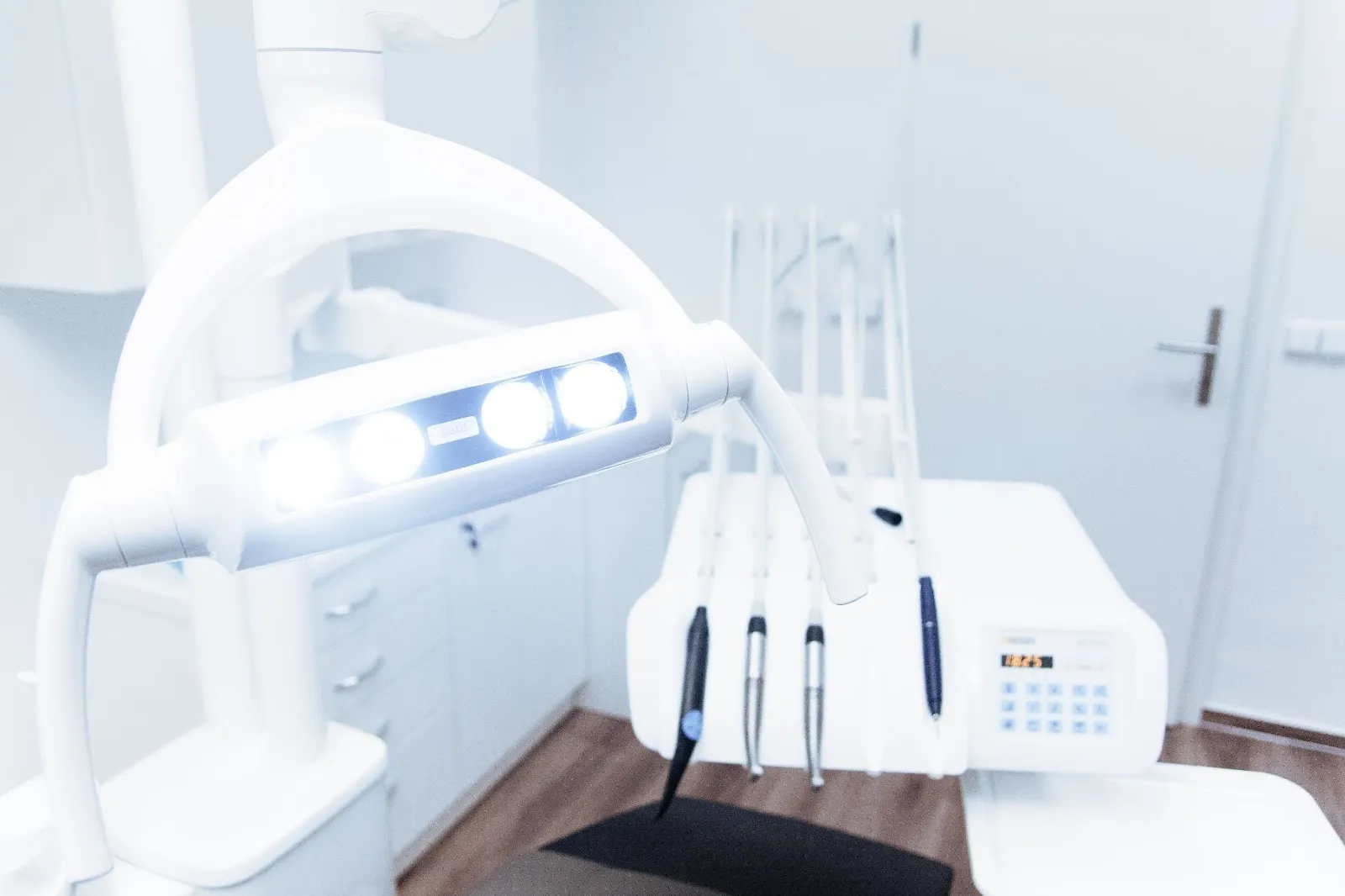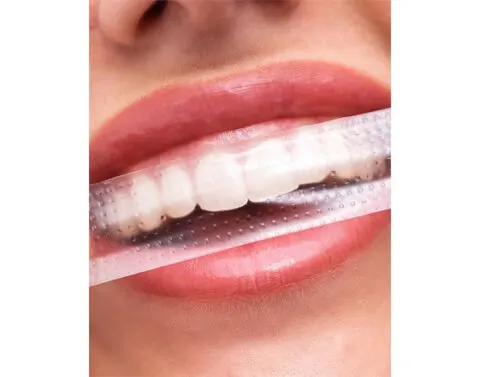Whitening Strips Safety? Understanding the Basics
In the pursuit of a brighter smile, many individuals turn to teeth whitening strips. These readily available products promise a quick and convenient solution for removing stains and discoloration. However, before you embark on this cosmetic journey, it’s crucial to understand the safety aspects of whitening strips. This article dives deep into the facts, potential risks, and best practices associated with using these popular products, empowering you to make informed decisions about your oral health. By exploring the science behind whitening strips and the factors influencing their safety, you can achieve a dazzling smile while protecting your teeth and gums.
What are Whitening Strips?
Whitening strips are thin, flexible strips coated with a peroxide-based bleaching agent, typically hydrogen peroxide or carbamide peroxide. Designed to adhere to the surface of your teeth, these strips are easy to apply and usually worn for a specific duration, as indicated on the product packaging. The active ingredient in the strips penetrates the enamel to break down stain molecules, which lightens the color of your teeth. The concentration of the bleaching agent varies among different products, influencing both the effectiveness and the potential for side effects. Understanding the composition and mechanism of action of whitening strips is the first step toward assessing their safety and suitability for your individual needs.
How do Whitening Strips Work?

Whitening strips work through a chemical process called oxidation. The peroxide-based bleaching agent releases oxygen molecules that penetrate the enamel of your teeth. These oxygen molecules react with the stain molecules that have accumulated over time from consuming coffee, tea, wine, or other staining agents. This reaction breaks down the stain molecules into smaller, less visible particles, which results in the teeth appearing lighter. The effectiveness of the process depends on several factors, including the concentration of the bleaching agent, the duration of the application, and the individual characteristics of the teeth. Properly applied, whitening strips can be an effective way to improve the aesthetics of your smile, but it’s essential to be aware of the potential side effects.
Top 5 Facts About Whitening Strips
Fact 1 Tooth Sensitivity
Tooth sensitivity is one of the most common side effects associated with the use of whitening strips. The peroxide in the strips can penetrate the enamel and reach the dentin, the layer beneath the enamel that contains the tooth’s nerve fibers. This can lead to temporary sensitivity to hot, cold, sweet, or acidic foods and beverages. The severity of sensitivity varies from person to person, with some experiencing only mild discomfort while others may find it quite painful. The duration of the sensitivity also varies, typically lasting from a few days to a couple of weeks after completing the whitening treatment. If you experience significant sensitivity, it’s advisable to discontinue the use of whitening strips and consult with your dentist.
Fact 2 Gum Irritation

Gum irritation is another potential side effect. If the whitening strips come into contact with the gums, the peroxide can cause inflammation, leading to redness, swelling, and tenderness. This is especially likely if the strips are too large or not applied correctly, allowing the bleaching agent to seep onto the gum tissue. In some cases, the irritation can be quite significant, causing discomfort and affecting oral hygiene practices. To minimize gum irritation, it’s crucial to follow the product instructions carefully, apply the strips precisely to the teeth, and avoid over-application. If gum irritation occurs, discontinue use and allow the gums to heal. Your dentist can also provide guidance on proper application techniques.
Fact 3 Enamel Erosion
Overuse or misuse of whitening strips can potentially lead to enamel erosion. While the enamel is the hardest substance in the human body, it can be gradually worn down by the bleaching agents in the strips, especially if they are used frequently or for extended periods. Enamel erosion can make your teeth more susceptible to cavities and sensitivity. Moreover, once enamel is lost, it does not grow back. Therefore, following the product instructions precisely and avoiding excessive use is critical to protect the enamel. Your dentist can assess the condition of your enamel and advise on safe whitening practices.
Fact 4 Effectiveness Variations
The effectiveness of whitening strips can vary significantly from person to person. Factors such as the type and severity of stains, the natural shade of your teeth, and the concentration of the bleaching agent all play a role. Some people experience dramatic results, while others notice only a subtle difference. Moreover, whitening strips are generally more effective on extrinsic stains, those on the surface of the teeth caused by food and beverages, than on intrinsic stains, which are deeper within the tooth structure. If you have significant staining or have undergone other dental procedures, whitening strips might not provide the desired outcome. Consulting with your dentist can help you determine the most appropriate teeth whitening solution for your specific needs.
Fact 5 Product Quality & Regulation

The quality and regulation of whitening strips can vary depending on where you purchase them. In some regions, the regulations regarding the concentration of peroxide and the labeling of the products are stricter than in others. Always purchase whitening strips from reputable brands and sources to ensure they meet safety standards. Reading reviews and checking for certifications can also help you choose a reliable product. Be cautious about products that make unrealistic promises or are sold at significantly lower prices than established brands, as they might not meet the necessary safety and quality standards. If you have any doubts about a product, consult your dentist for advice.
Tips for Safe Whitening Strip Use
Choosing the Right Strips
Selecting the appropriate whitening strips is the first step toward ensuring a safe and effective experience. Consider the concentration of the bleaching agent, the duration of the treatment, and the specific needs of your teeth. If you have sensitive teeth or gums, opt for strips with a lower concentration of peroxide, which are often gentler. Look for products that have been clinically tested and approved by dental professionals. Researching different brands and reading user reviews can help you find a product that suits your individual requirements. Make sure to check the product expiration date and storage instructions to maintain its effectiveness and safety.
Following Instructions Carefully

Adhering to the product instructions is paramount for safe use. Pay close attention to the recommended application time, frequency, and any specific precautions mentioned on the packaging. Avoid over-application or using the strips more frequently than directed, as this can increase the risk of side effects. Ensure that you apply the strips correctly, ensuring they only contact the teeth and not the gums. If you have any questions about the instructions, do not hesitate to consult your dentist. Following the guidelines meticulously helps you minimize potential risks and maximize the effectiveness of the whitening treatment.
Consulting with a Dentist
Before using whitening strips, it’s always advisable to consult with your dentist. A dental professional can assess the overall health of your teeth and gums, identify any existing issues, and determine if whitening strips are suitable for you. Your dentist can also provide personalized recommendations, discuss potential risks, and advise on the best whitening options based on your individual needs. Regular dental check-ups are essential for maintaining optimal oral health, and your dentist can monitor any side effects or changes in your teeth during and after the whitening treatment. Seeking professional advice ensures that you undergo teeth whitening safely and effectively.
Alternatives to Whitening Strips
While whitening strips are a popular choice, several alternative teeth whitening methods are available. These options may be more appropriate for individuals who experience sensitivity or are seeking a more comprehensive approach. Professional teeth whitening, performed by a dentist, offers controlled and effective results. Other alternatives include whitening toothpastes, which help remove surface stains, and custom-fitted whitening trays, which allow for a more precise application of the bleaching agent. The choice of which method is best depends on your oral health, your desired results, and your dentist’s recommendations. Exploring these alternatives can help you achieve a brighter smile while prioritizing your dental well-being.
In conclusion, while whitening strips can be an effective method for achieving a brighter smile, it’s essential to approach their use with caution and a thorough understanding of their potential risks. By following the guidelines, consulting with a dentist, and choosing reputable products, you can safely enhance the appearance of your teeth. Prioritize your oral health, make informed decisions, and enjoy the confidence that comes with a radiant, healthy smile. Remember, a beautiful smile is a valuable asset, and its long-term well-being should always be the top priority.
